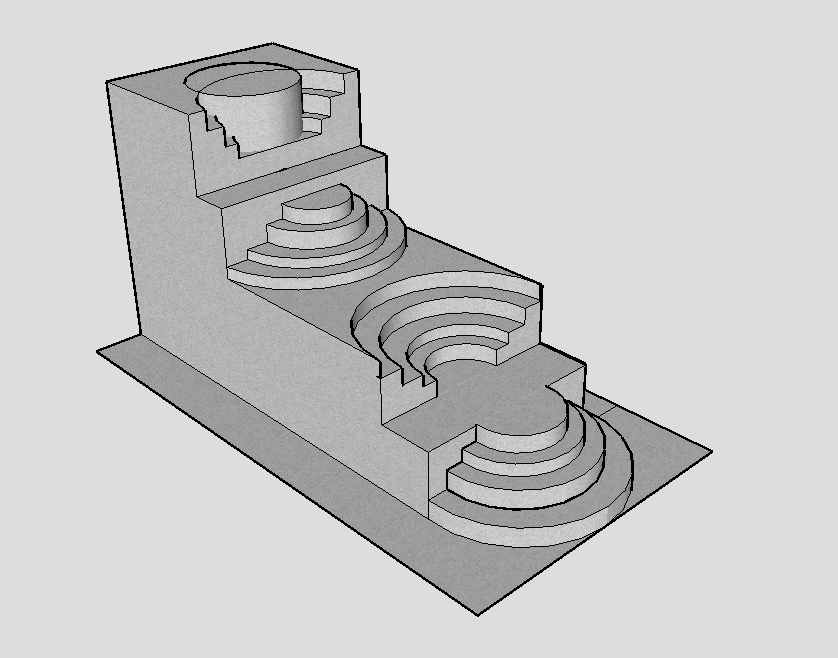고정 헤더 영역
상세 컨텐츠
본문
First of all congratulations about your great site! This is so much helpful for all of us exploring visualization!
I am studying architecture and I am trying to learn Rhino too. I would like to ask you if there is any way to import/export a model from Rhino to sketch up without it being somewhat corrupted. I export it in.3ds format and it comes up with too many triangles and many gaps instead of planes. Is there something I can do about the gaps or its just that these two programms do not collaborate with each other? Thanks again Christina.
Alex, i've been having a problem where my clay renderings show light leaks at object seams, as if they are not fit completely. This is obviously something in sketcup, but i'm wondering if you or someone else has had such a problem and if there is an easy way to resolve it. I don't see this coming up aside from when I do the clay rendering. I think its the inverse light thing. I tried creating a solid object underneath the areas with leaks, tried union and other things, but it still shows up. One thing– i think this is happening in cases where the lines were originally imported from CAD, but I'm not certain of that. I want to avoid rebuilding these models.
Thanks in advance. @Eric, Im not sure why it would be doing that.
Kerkythea is a completely free, high-quality and fast 3D models render for Windows, Mac OS X and Linux platforms, developed by Ioannis Pantazopoulos from Greece. I found this free render engine in the process of studying SketchUp (by reading Architectural Design with SketchUp ).
Render de Qualidade Com Rapidez e Praticidade. Compartilhar Gerar link; Facebook; Twitter; Pinterest. Kerkythea started development in 2004 and released its first version on April 2005. Initially it was only compatible with Microsoft Windows but an updated release on October 2005 made it Linux compatible. It is now also available for Mac OS X.
I have heard of other people having the same problems. Sometimes its because the render settings are too low. Maybe try a render preset other than Photonmap to see if they go away. @Angus, It really depends on the message you are trying to convey. I have used Clay model renderings as a final presentation strategy for explaining formal moves, but I often also use clay model renderings as a base image and Photoshop texture onto them. Either one is fine and depends more on what you are trying to say. Hi Alex, I’ve been following your website and came to know about kerkythea.
I installed kekythea plugin. And exported my sketchup file as the instruction given in the tutorial. But there’s a bit problem with adjusting the material and location When I try to adjust the glass or any other material in the model the scenario isn’t quite what I saw in the tutorial. Actually material assignment is not working as expected. As a result the final output of clay render is not satisfactory as the glasses are being solid material property. It would be very helpful if you could give suggestions or solutions thanks. Trackbacks/Pingbacks.

Kerkythea For Mac Sierra

Kerkythea Mac Full
Above: A clay model rendering using Kerkythea. See tutorial HERE.
This illustration is made up of seven different renderings shown below. The first rendering acts as the base for. also tweaked the levels and desaturated the rendering to get the image below.
See this tutorial on CLAY MODEL. form and proportion, with less distraction from color and material. I think that is why I often use clay. As with a lot of my stuff, I began by rendering the SU model in Sketchup as a clay. “CLAY MODEL TUTORIAL” was used for the base.
and reflections need be calculated. I have a tutorial describing how to rendering clay models in Kerkythea HERE.




